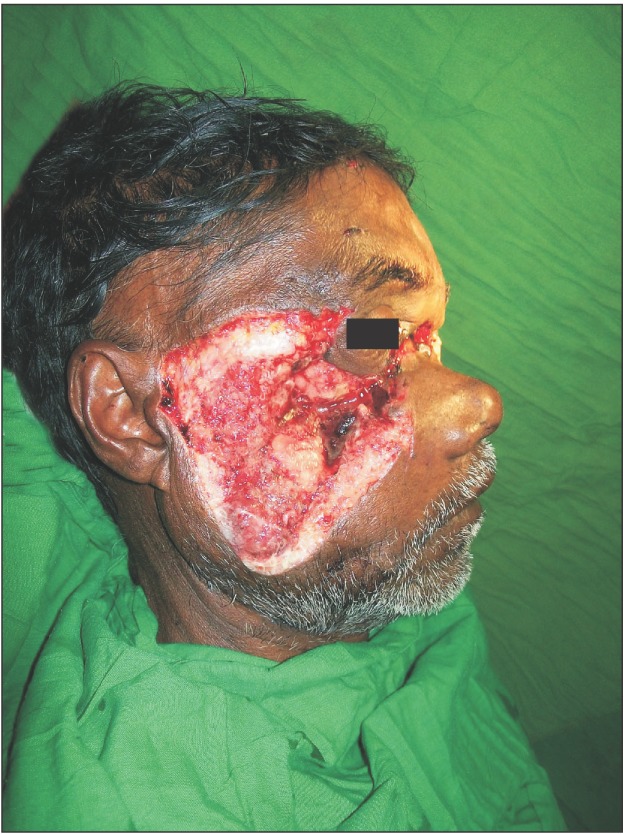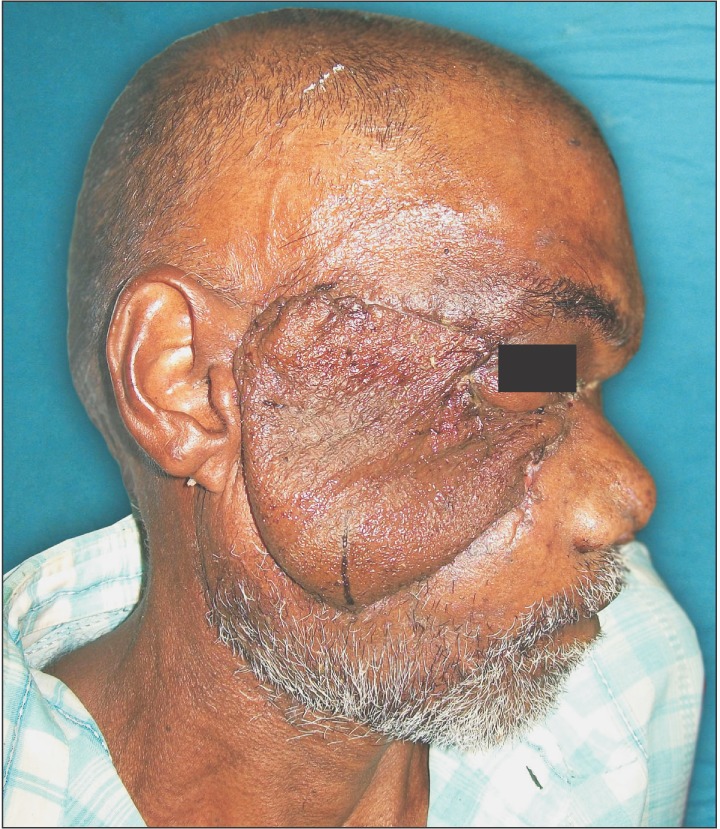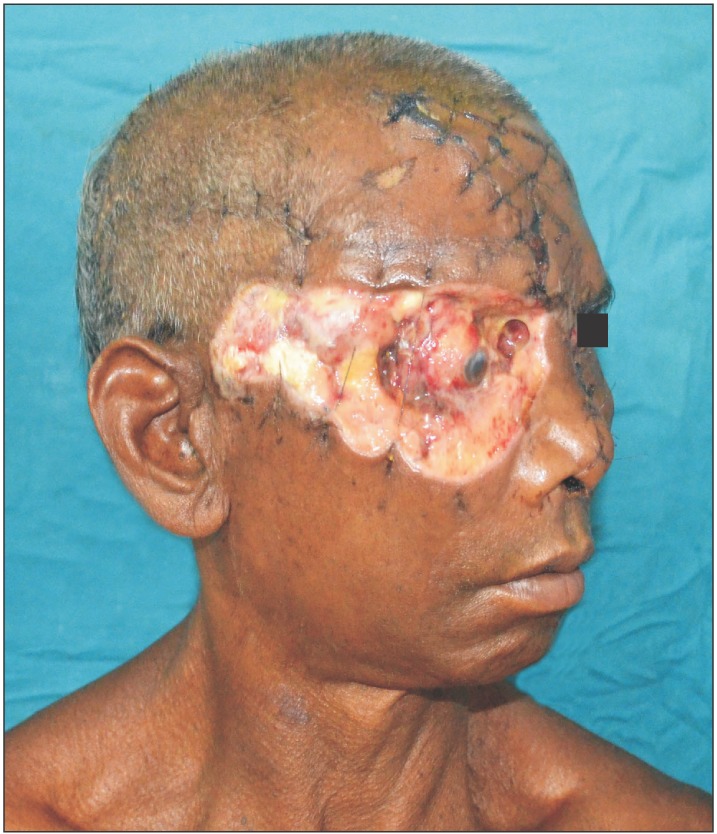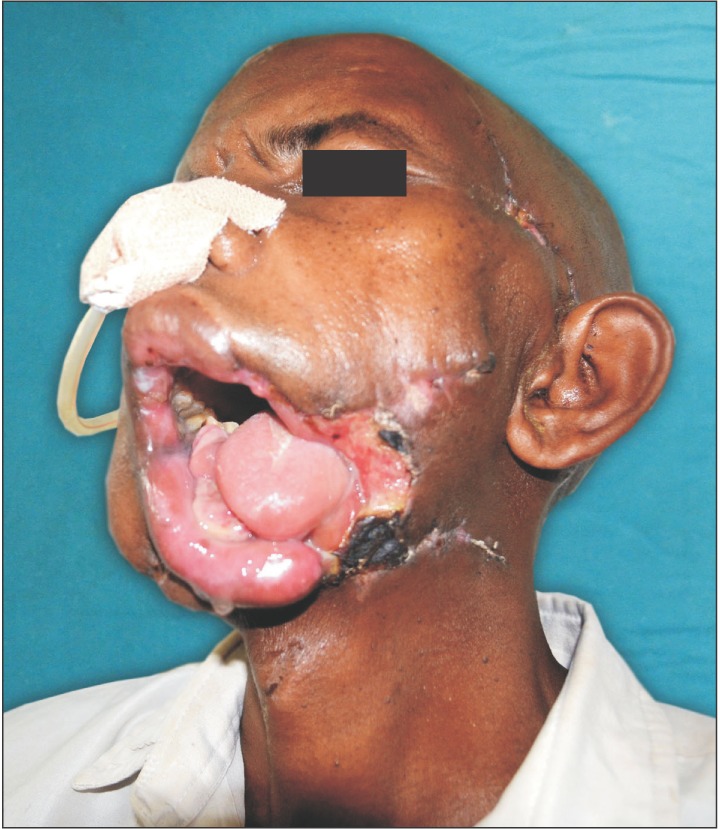J Korean Assoc Oral Maxillofac Surg.
2016 Feb;42(1):13-19. 10.5125/jkaoms.2016.42.1.13.
Management of maxillofacial injuries in bear mauling cases: a review of 20 cases
- Affiliations
-
- 1Department of Oral and Maxillofacial Surgery, Sriram Chandra Bhanja Dental College and Hospital, Cuttack, India. indubkar@yahoo.co.in
- KMID: 2189404
- DOI: http://doi.org/10.5125/jkaoms.2016.42.1.13
Abstract
OBJECTIVES
As the craniofacial and neck regions are prime areas of injury in bear attacks, the careful management of soft and hard tissue injuries and selection of reconstructive options is of the utmost importance. This study will review the incidence and patterns of bear mauling in eastern India reported to our department and the various modalities used for their treatment over a period of 7 years. It also documents the risks of infection in bear mauling cases and the complications that have occurred.
MATERIALS AND METHODS
Twenty cases were treated over the study period. Cases were evaluated for soft and hard tissue injuries including tissue loss and corresponding management in the craniofacial region. Cases were also evaluated for other associated injuries, organ damage and related complications.
RESULTS
Various modalities of treatment were used for the management of victims, ranging from simple primary repairs to free tissue transfers. Simple primary repairs were done in 75% of cases, while the management of the injured victims required reconstruction by local, regional or distant flaps in 25%. Free tissue transfers were performed in 15% of cases, and no cases of wound infection were detected in the course of treatment.
CONCLUSION
Knowledge of various reconstructive techniques is essential for managing maxillofacial injuries in bear mauling cases. Modern reconstructive procedures like free tissue transfer are reliable options for reconstruction with minimal co-morbidity and dramatic improvement in treatment outcomes.
MeSH Terms
Figure
Reference
-
1. Udeabor SE, Akinbami BO, Yarhere KS, Obiechina AE. Maxillofacial fractures: etiology, pattern of presentation, and treatment in university of port harcourt teaching hospital, port harcourt, Nigeria. J Dent Surg. 2014; DOI: 10.1155/2014/850814.
Article2. Devadiga A, Prasad KSV. Epidemiology of maxillofacial fractures and concomitant injuries in a craniofacial unit: a retrospective study. Int J Epidemiol [Internet]. 2007. 5. cited 2015 Jan 9. Available from: http://print.ispub.com/api/0/ispub-article/6174.3. Nabi DG, Tak SR, Kangoo KA, Halwai MA. Increasing incidence of injuries and fatalities inflicted by wild animals in Kashmir. Injury. 2009; 40:87–89. PMID: 19131062.
Article4. Iaizzo PA, Laske TG, Harlow HJ, McClay CB, Garshelis DL. Wound healing during hibernation by black bears (Ursus americanus) in the wild: elicitation of reduced scar formation. Integr Zool. 2012; 7:48–60. PMID: 22405448.
Article5. Rasool A, Wani AH, Darzi MA, Zaroo MI, Iqbal S, Bashir SA, et al. Incidence and pattern of bear maul injuries in Kashmir. Injury. 2010; 41:116–119. PMID: 19733351.
Article6. Park K. Park's textbook of preventive and social medicine. 22nd ed. Jabalpur: M/S Banarsidas Bhanot;2011. p. 254–255.7. Prasad SC, Thada ND, Rao P, Thada SR, Prasad KC. Grievous temporal and occipital injury caused by a bear attack. Case Rep Otolaryngol. 2013; DOI: 10.1155/2013/957251.
Article8. Huang AH, Wong MS. Acute nasal reconstruction with forehead flap after dog bite. Ann Plast Surg. 2013; 70:401–405. PMID: 23486130.
Article9. Fell MJ, Ayalew Y, McClenaghan FC, McGurk M. Facial injuries following hyena attack in rural eastern Ethiopia. Int J Oral Maxillofac Surg. 2014; 43:1459–1464. PMID: 25132572.
Article10. Hazani R, Buntic RF, Brooks D. Microsurgical scalp reconstruction after a mountain lion attack. Ann Plast Surg. 2008; 61:265–268. PMID: 18724125.
Article11. Govila A, Rao GS, James JH. Primary reconstruction of a major loss of lower jaw by an animal bite using a "rib sandwich" pectoralis major island flap. Br J Plast Surg. 1989; 42:101–103. PMID: 2917209.
Article
- Full Text Links
- Actions
-
Cited
- CITED
-
- Close
- Share
- Similar articles
-
- Clinical Observation on the Management of Renal Injuries
- Missing teeth after maxillofacial trauma:a case report and management protocol
- Penetrating Injuries by Foreign Body in the Head and Neck Region
- Rare Isolated Jejunal Injury Following Blunt Abdominal Trauma
- THE CLINICAL STUDY OF THE OPTIC NERVE INJURY AFTER FACIAL TRAUMA







